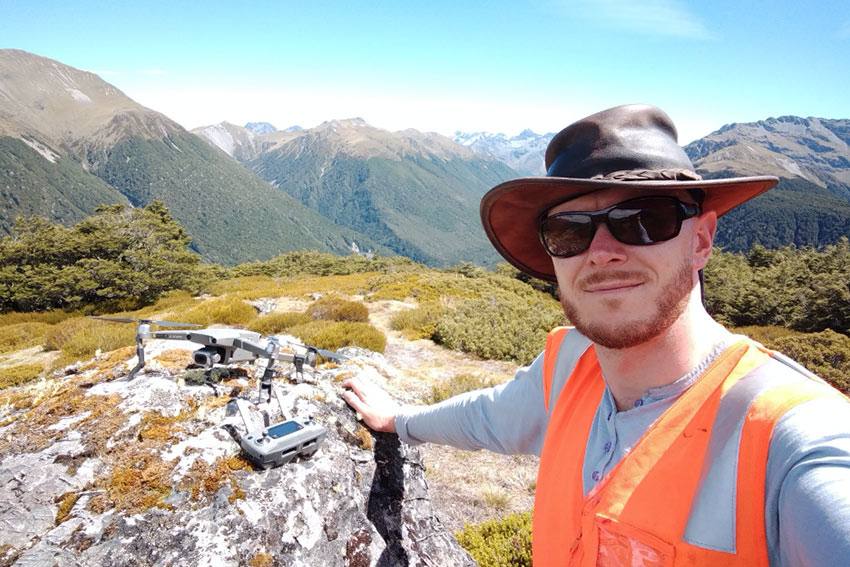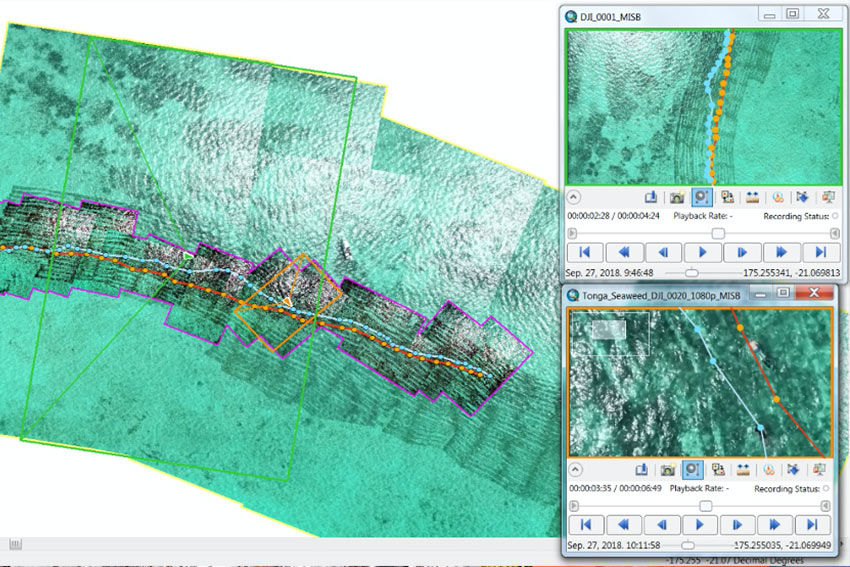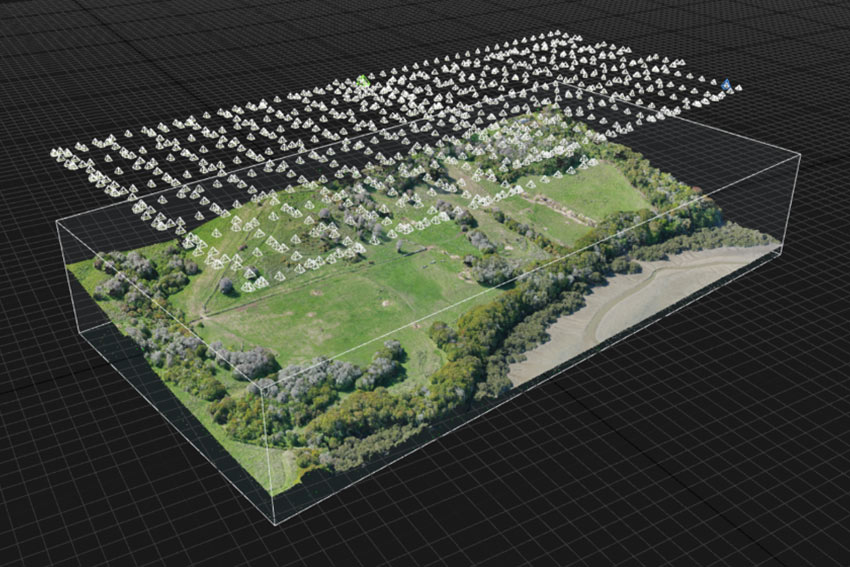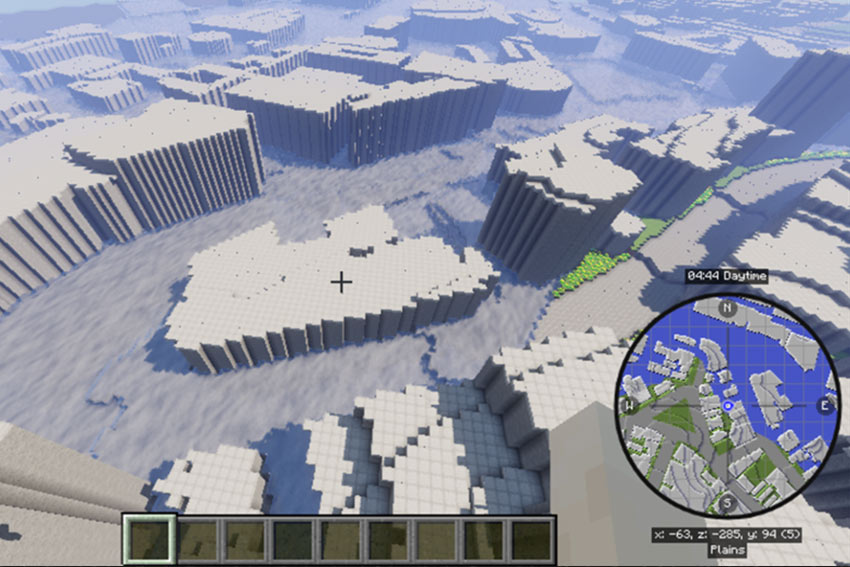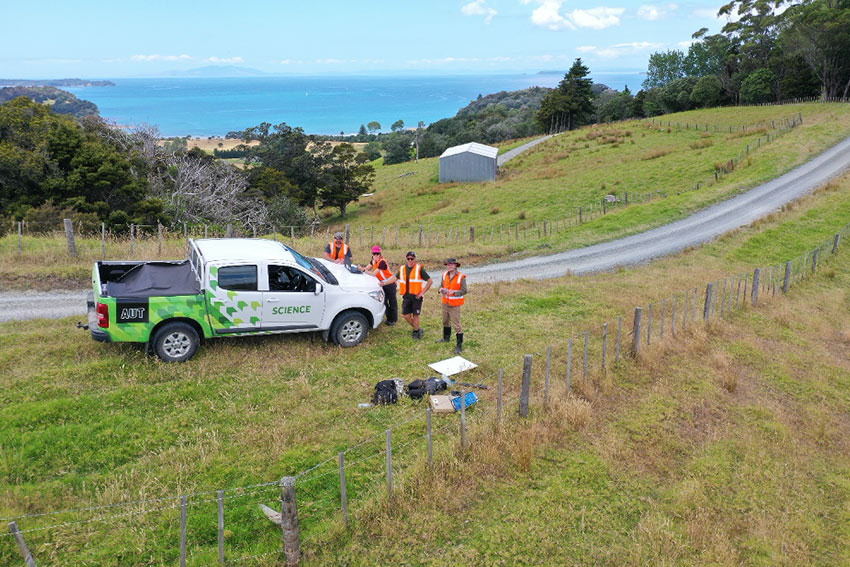Remote sensing, photogrammetry and novel geospatial analysis research
The last ten years have seen a massive increase in the availability, use and versatility of geospatial data with low-cost drones, big data, deep learning, personal location-based services like Uber and a host of other advances.
AUT research uses these techniques to inform on a wide range of disciplines, including geoscience and conservation.
